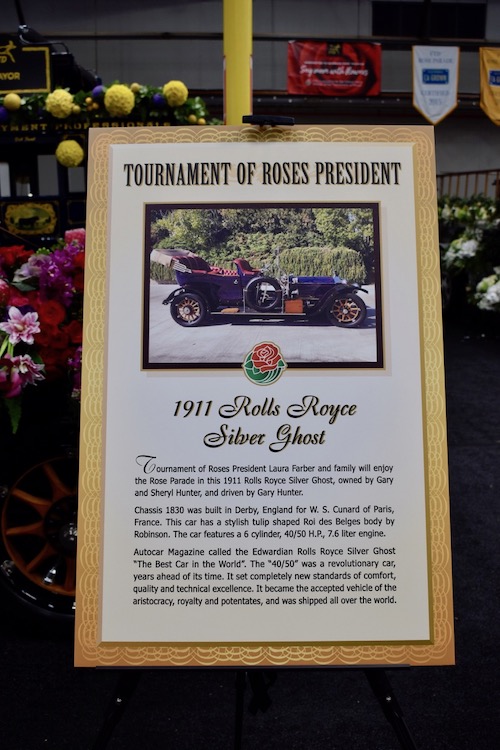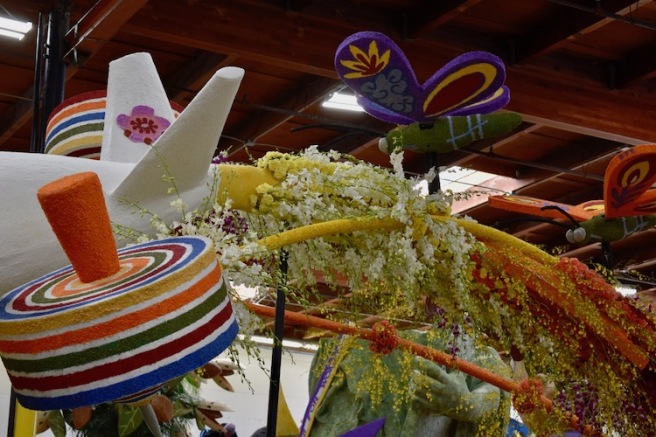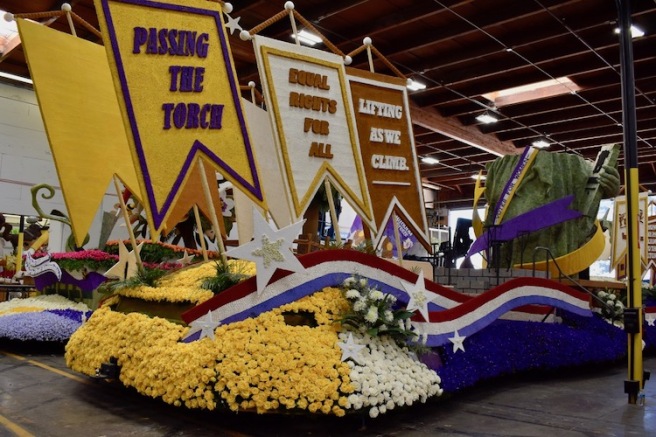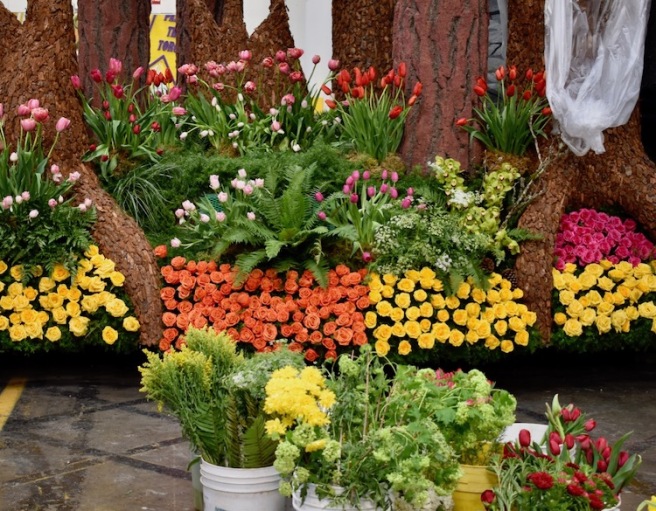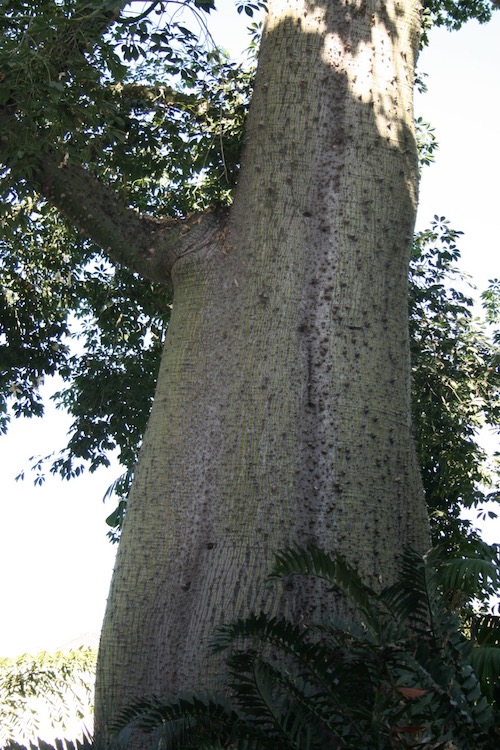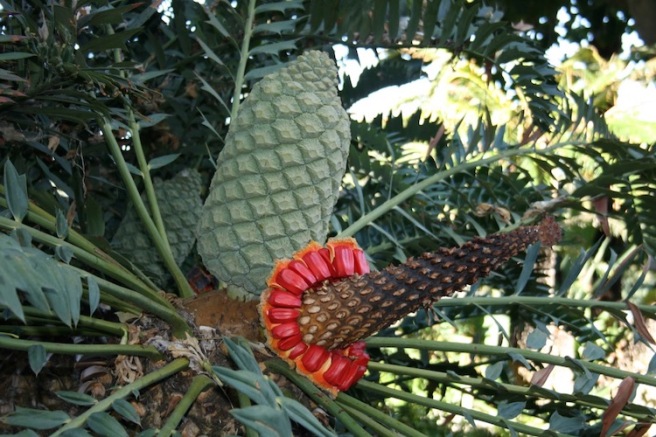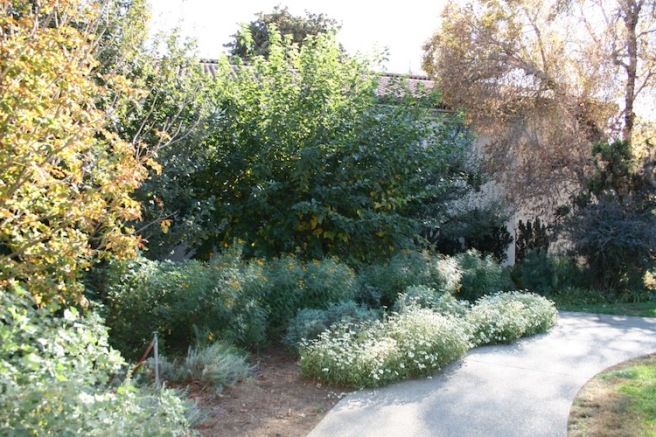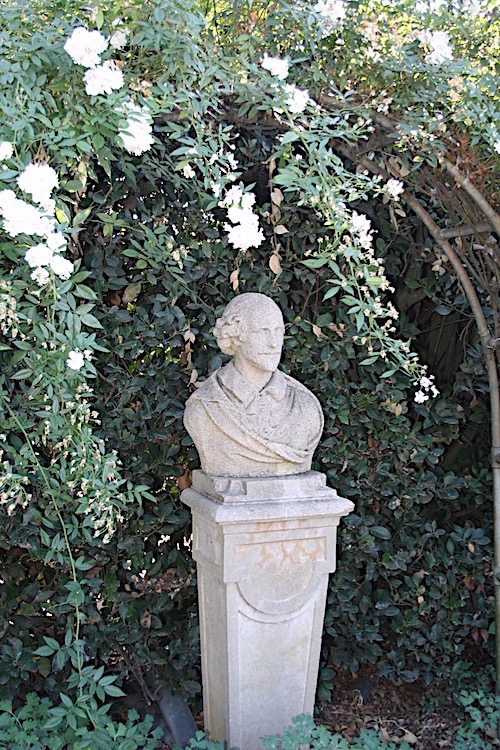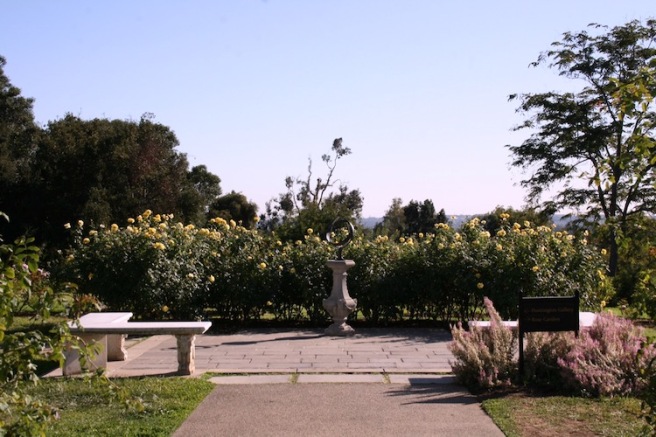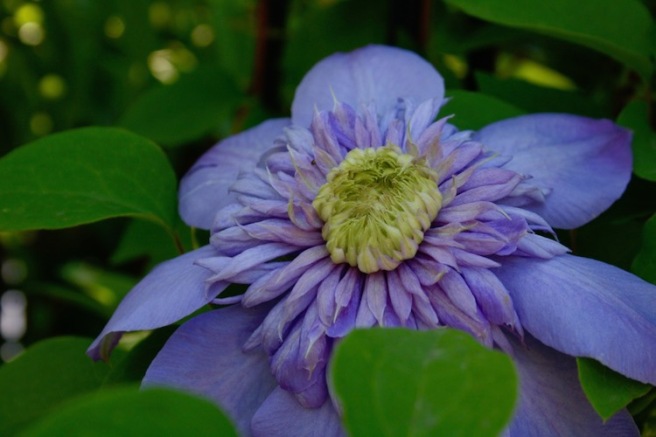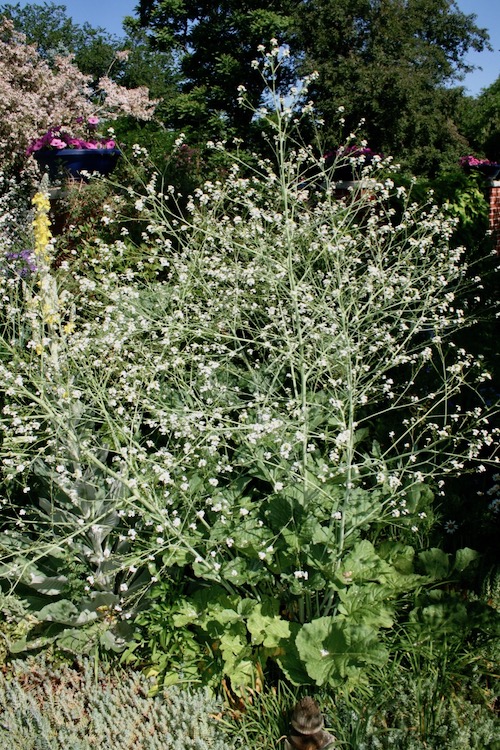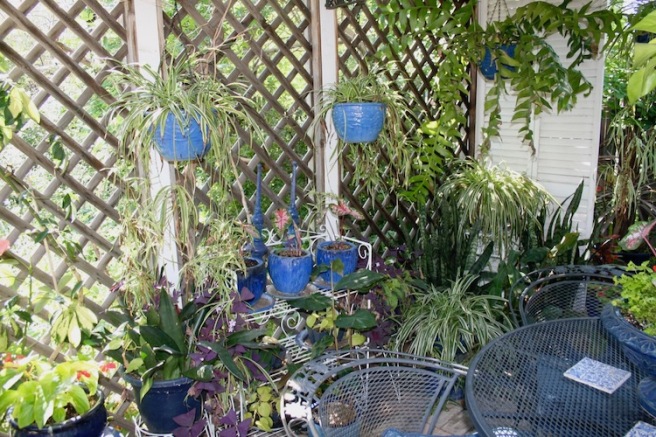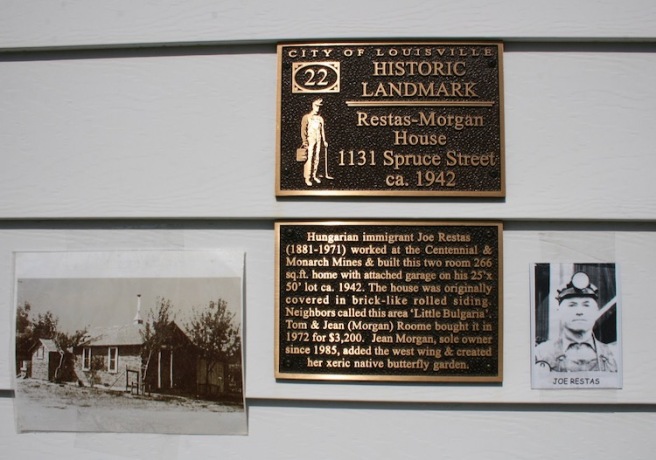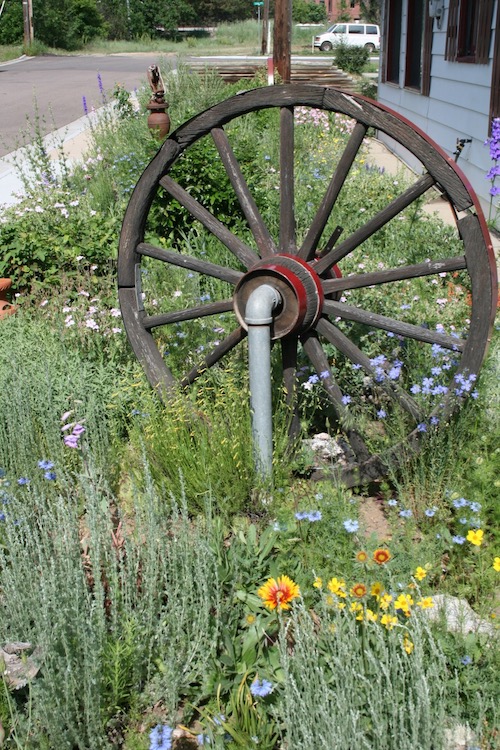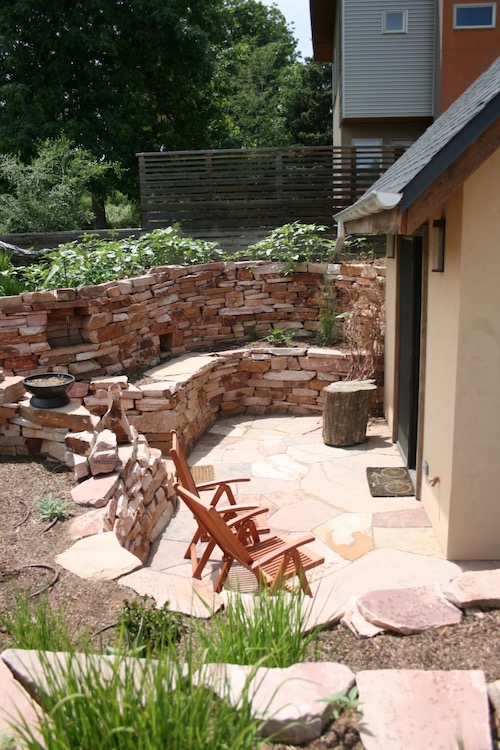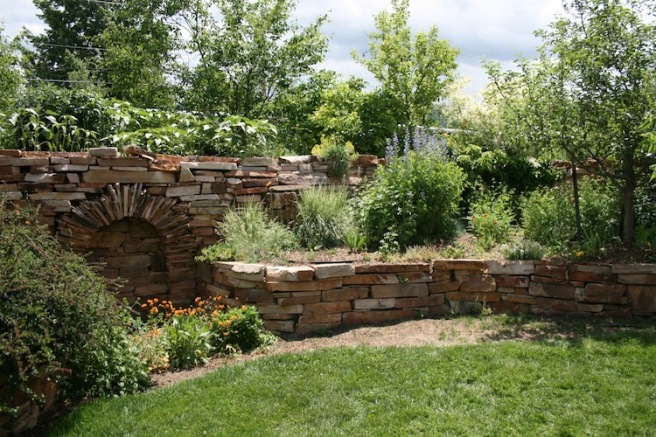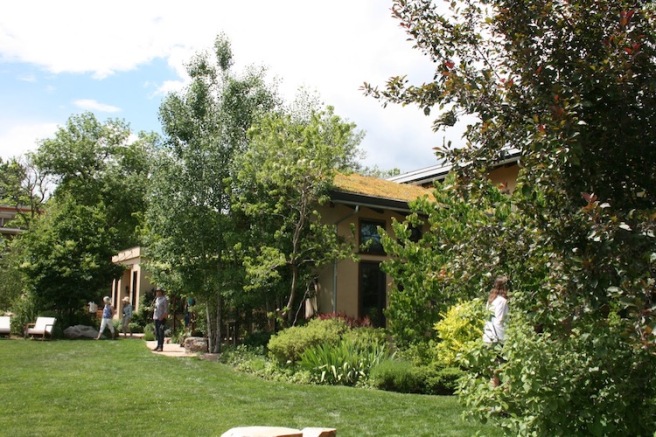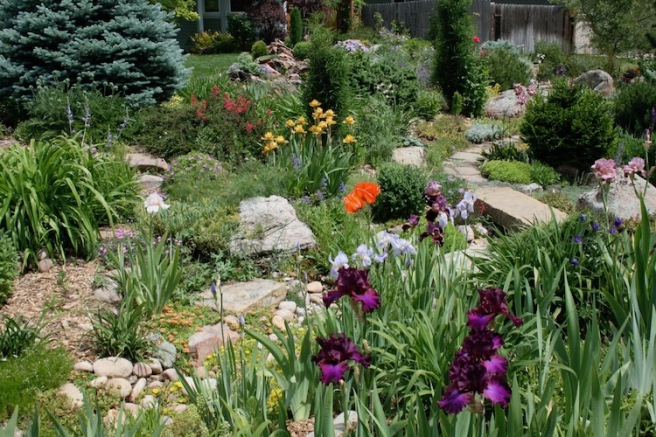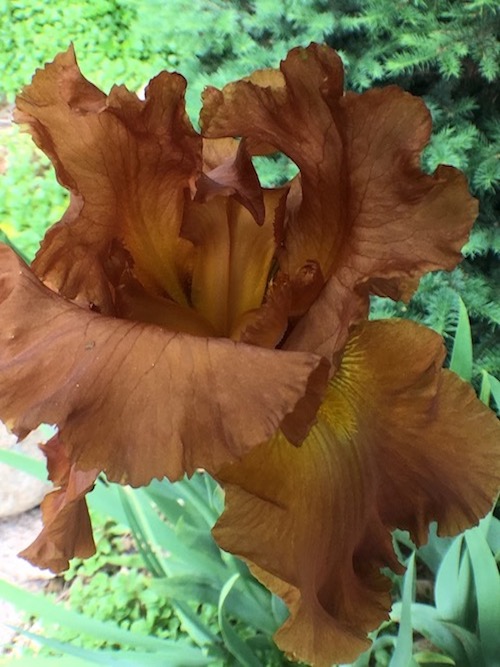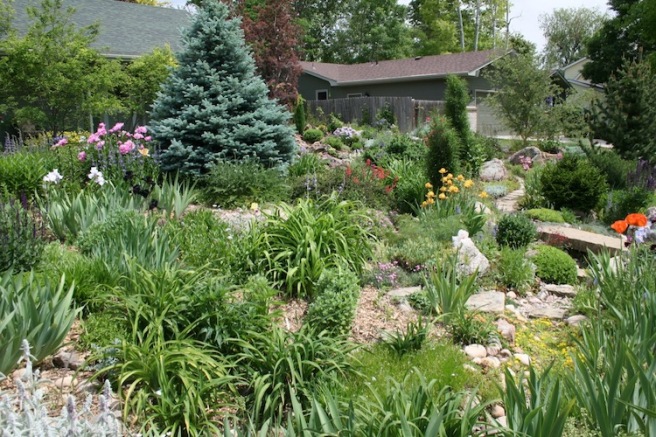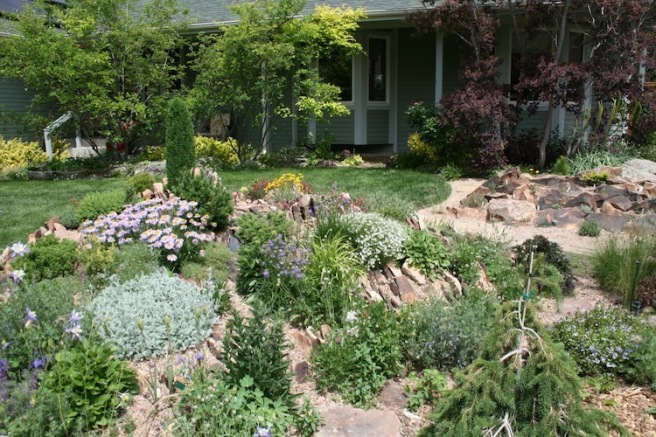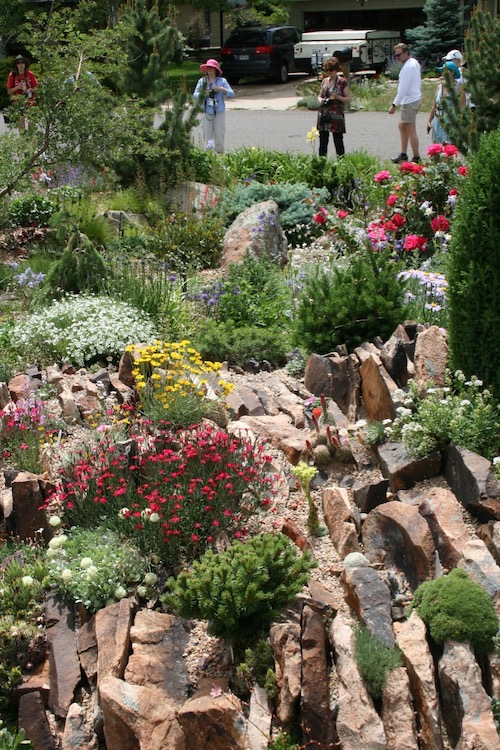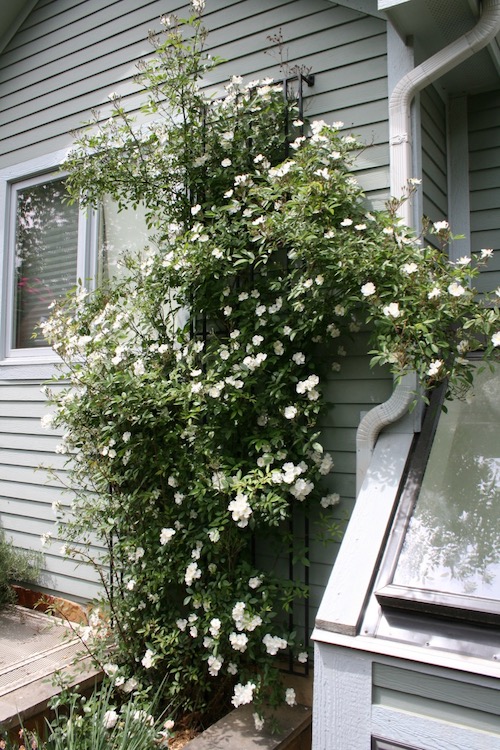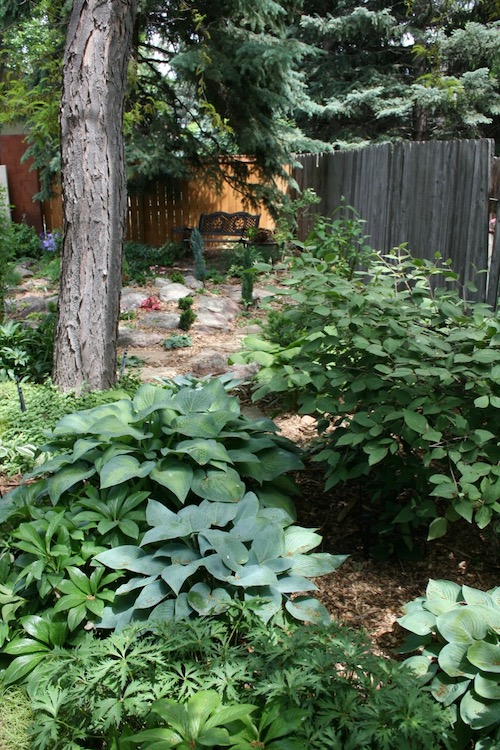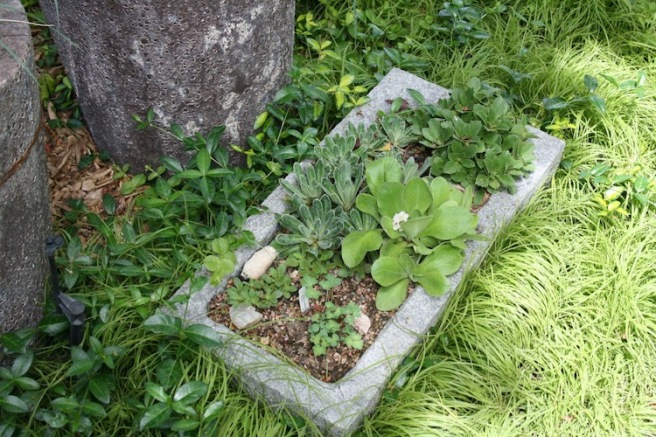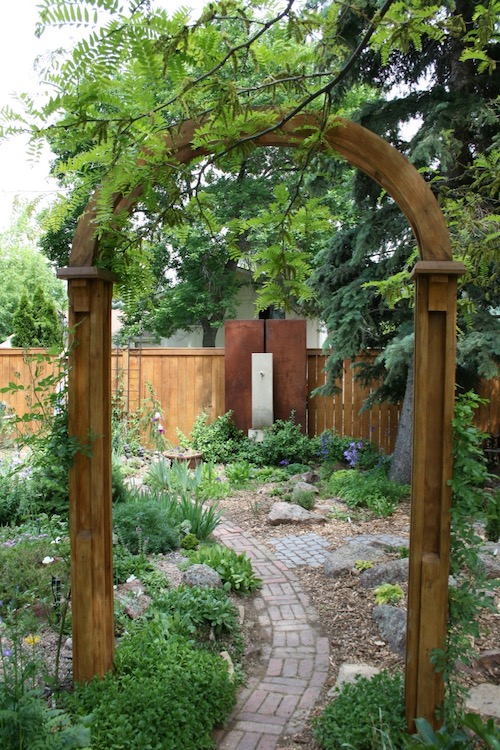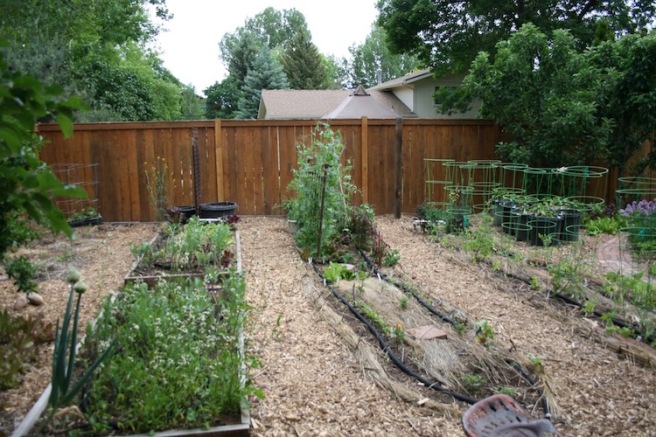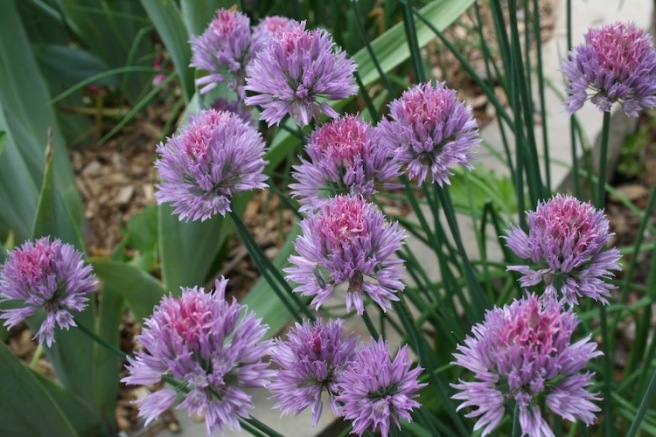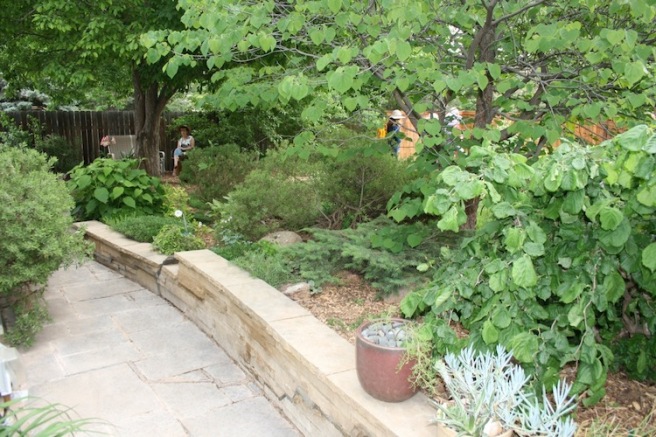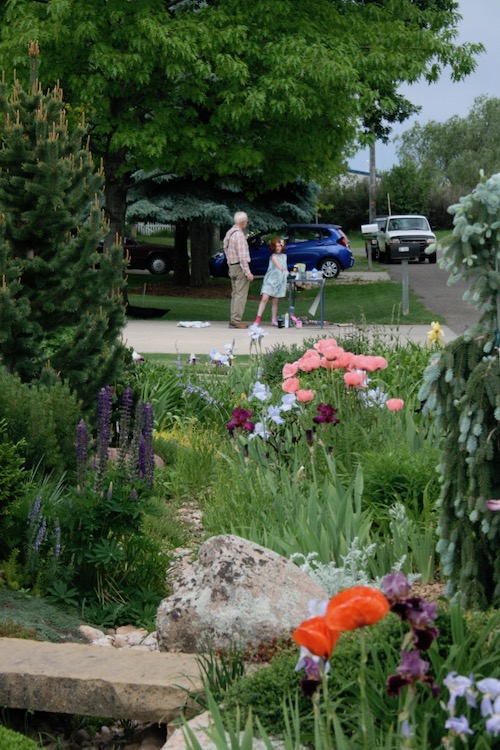What a strange spring and early summer this has been. Typically April, May and early June are packed with both activity in my own garden and road trips to a whole litany of garden tours throughout California plus wherever else I can manage to get myself to. The Garden Conservancy Open Days have been a staple for me along with the Gamble Garden and Theodore Payne Foundation’s annual rambles in the Bay Area and Southern California respectively. For the last few years the Garden Bloggers Fling meetup has been a much anticipated few days touring beautiful gardens across the US and talking gardening with the eclectic group of folks who attend. I’ve taken my readers along on all these trips and scrolling back through my previous years’ posts you can see at least the highlights of these adventures. With the COVID-19 pandemic calling this year’s shots, we are all “gardening in place” to protect ourselves all those whose lives we touch in both small and large ways.
All this free time AND a new-to-me house and garden has kept me semi-permanently gardening in my head, surveying my new space and formulating one plan after another for changes I want to make. Longtime readers may remember we had JUST finished a multi-year turf removal and garden renovation project only months before we handed that garden over to a lovely young couple who may come to hate us mid-summer when the West Coast whack (see Doing the West Coast whack…) comes due. For the first time in our lives we are going to enlist some professional design help with our new garden, mostly in the hope that we can see our (my?) dreams come true in a little more timely fashion than we are able to make happen with our DIY efforts–the goal being to work a little less and enjoy a little more.
I’ve added a few bits and pieces to the existing tiny back garden to keep my trowel from getting rusty and just could not let the summer pass without taking a shovel to the small weed and clover infested strip of grass between our double driveway and our neighbors’ front garden.

I spent several days of just past dawn hours digging out the weeds and what remained of once viable turf. My neighbor advised he has been fighting an invasion of bermuda grass for several years and so I am sure I’ll need to be a vigilant digger for quite a while–I am well-versed in this task having just left a home with common bermuda lawns. My new best friends at now close-by Sierra View Nursery recommended their signature mix of river bottom sand and organic humus as an amendment. After lifting the existing drip lines, I dug about 1/2 cubic yard in to raise the grade and add a little lightness and organic matter.

Most of the plants I planned to add were divisions I had potted up and brought from the old house. The little bed is anchored by Prunus cerasifera ‘Purple Pony’, a dwarf ornamental purple leafed plum. This petite charmer performed really well for us in the Spruce back garden and I thought it’s dwarf nature would make it a good screening for the side fence and gate without overwhelmed the space. The burgundy tinged green foliage of Penstemon ‘Blackbird’ will play off the tree’s leaf color.
Roses will be few and far between in this new house as I have tired of the needed care to keep them looking their best but I fell for a shrub rose called Eyeconic™ Mango Lemonade from Star Roses, seen below in this photo taken before planting.

The softer orange tones–peach, apricot–seem to work really well with house’s stucco color. The house color–not for the faint of heart– is more pumpkin than it appears in the photos and is the basis for a garden palette of soft oranges, medium blues and burgundy I’m focused on.

Also included are Agapanthus ‘Sapphire Storm’ and Salvia jamensis ‘Sierra San Antonio’, the last being a twiggy little salvia with bi-color pale peach and golden yellow blooms.

Both white and dark blue bearded iris division have been healed in. They are from a group that seemingly lost their labels in the move. Their home may be temporary should they turn out to not be the colors I think they are!
Lastly, three each Agastache ‘Orange Sunrise’ and Hemerocallis ‘Primal Scream’ will add a little explosion of color–the Agastache, below, is one of the smaller ones and very attractive to hummingbirds.
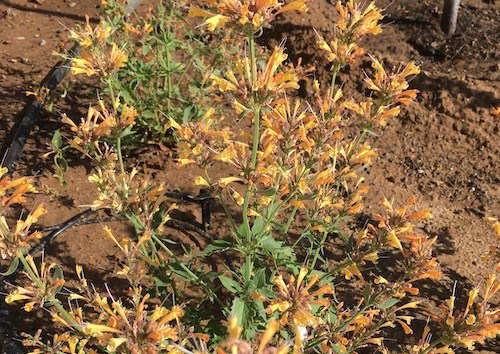

June would never be my choice of timing to plant a new bed in Central California and from day to day things have looked a little peaked but at least I feel as though my gardening itch has been scratched a bit. Fingers crossed that all will make it through the heat of July and August!











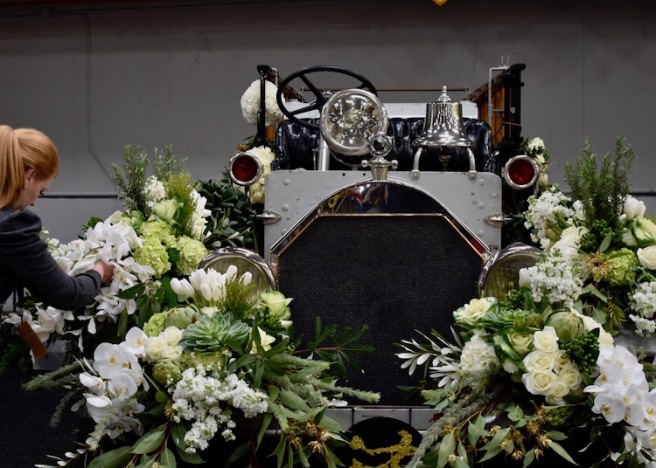
 As much as I adore colorful floral displays I can never get enough of the classic whites and greens! Wouldn’t this be a fun way for a bride to arrive at the church on her big day?
As much as I adore colorful floral displays I can never get enough of the classic whites and greens! Wouldn’t this be a fun way for a bride to arrive at the church on her big day?

